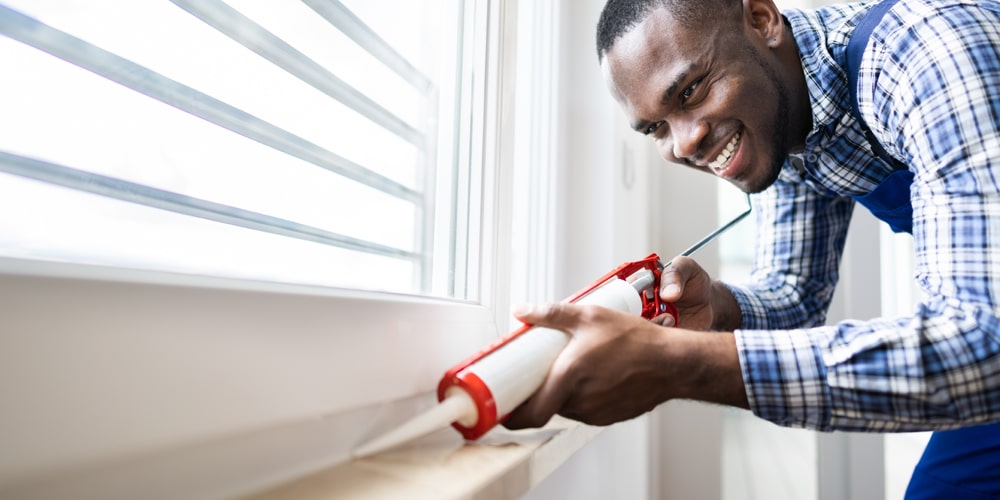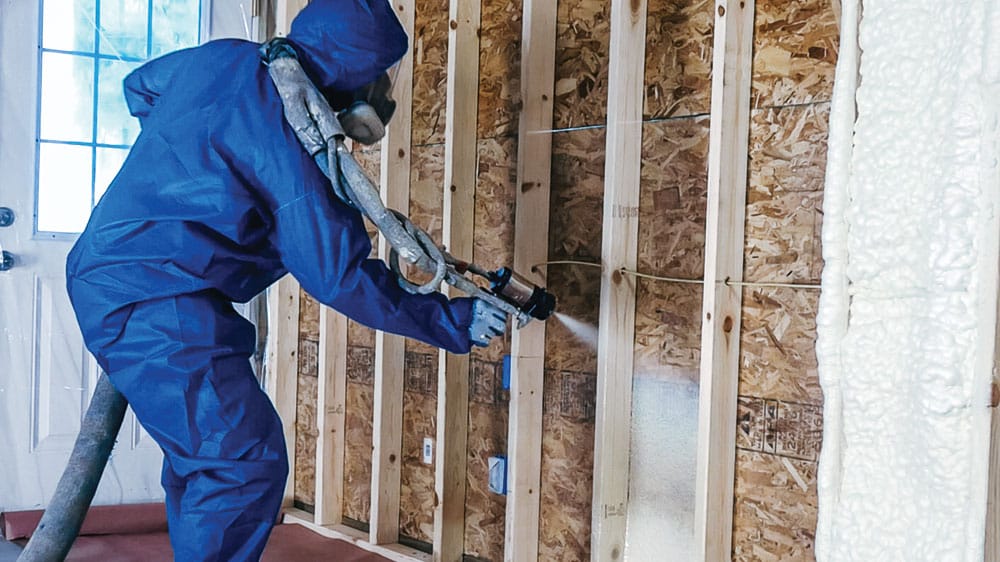You’re looking to insulate your attic to keep heat from escaping, but you’re unsure which insulation type will meet your needs.
The search for the best insulation for attics can be overwhelming, with so many options available. Let’s break it down so you can make an informed decision.
Unless your home was built for energy efficiency, you could probably reduce your monthly energy bills by adding or updating the attic insulation. Many older homes have inadequate, damaged, or improper insulation compared to homes built today. However, adding insulation to a newer home can pay for itself in just a few years, according to the U.S. Department of Energy. This includes the attic, where many homes lose heat during the winter months.
RetroFoam of Pittsburgh has helped homeowners like you with their attic insulation needs. While our expertise is in spray and injection foam insulation, we also know quite a bit about traditional attic insulation, such as fiberglass and cellulose.
Enough about us. Let’s discuss the best insulation for attics: fiberglass, cellulose, and spray foam.
Types of Attic Insulation
The most common types of attic insulation are cellulose, fiberglass, and spray foam.
Each type has its own set of pros and cons, which we’ll explore to help you determine what is the best attic insulation for your needs.
Cellulose Attic Insulation Pros and Cons
Cellulose insulation is one of the oldest materials used in home insulation.
Cellulose can be either a loose-fill material or blown-in and is made primarily of recycled newsprint or denim. It has several benefits and drawbacks.
Cellulose Attic Insulation Pros:
- Mold, Pests, and Fire Resistance: Boric acid, borax, or aluminum sulfate used in cellulose insulation provides resistance to mold, pests, and fire.
- Tight Corners: When blown-in, cellulose gets into some of the tight corners and hard-to-reach areas in the attic cavities.
- Cost-Effective: Cellulose is very inexpensive compared to other materials.
- Eco-Friendly: Cellulose has more recycled material than any other commercially available insulation and doesn’t use any greenhouse gases as propellants.
- DIY-Friendly: It can be a do-it-yourself attic insulation project.
Cellulose Attic Insulation Cons:
- Weight: Cellulose weighs several times as much as fiberglass, which isn’t an issue unless used to insulate an attic slope.
- Shifting and Settling: Cellulose can shift and settle due to airflow, requiring maintenance to spread it out evenly.
- Air Seal: It doesn’t create an air seal, allowing cold and hot air to move through the space, raising energy bills.
- Dust Recirculation: Homes with furnace duct systems in the attic can expect some of the cellulose dust to recirculate through the house.
- Water Absorption: Cellulose must be kept dry as it absorbs up to 130 percent by water weight, which can destroy its fire treatment and cause it to deteriorate.
Fiberglass Attic Insulation Pros and Cons
Fiberglass is a common insulation material made of extremely fine glass fibers.
Fiberglass is typically found in two forms: batts and rolls and loose-fill.
Fiberglass Attic Insulation Pros:
- DIY-Friendly: Suitable for experienced handypeople as a do-it-yourself attic project.
- Cost-Effective: Relatively inexpensive compared to other materials.
- Standard Fit: Suited for standard stud and joist spacing in attics free from obstructions.
Fiberglass Attic Insulation Cons:
- Allergen Trap: Fiberglass can trap allergens, dust, and moisture, leading to mold growth.
- Health Risks: Disturbing fiberglass releases particulates that can cause respiratory issues and skin irritation.
- Airflow: Still allows for airflow, contributing to high energy bills and uncomfortable homes.
Spray Foam Attic Insulation Pros and Cons
Spray foam insulation is an air barrier material that creates a seal against air movement.
Open cell spray foam can expand significantly to fill every nook and cranny.
Spray Foam Attic Insulation Pros:
- Environmentally Safe: Made from water-blown and organic chemical compounds.
- Fire Rated: Class one fire rated for the attic.
- Water Resistant: Doesn’t retain water, preventing mold and mildew growth.
- Energy Efficient: Creates an air seal, helping to lower energy bills.
- Semi-Conditioned Space: Can insulate the roof deck in an unvented attic.
- Pest Deterrent: Not an inviting place for pests.
Spray Foam Insulation Cons
- Cost: More costly than traditional forms of insulation, but the long-term savings should be considered.
- Professional Installation: Too complicated for a DIY project, requiring professional installation.
- Odor: Some brands may have a slight odor after application.
The Best Insulation for Attics
Now that you have reviewed the pros and cons of spray foam, fiberglass, and cellulose insulation, you may have concluded that spray foam is the best insulation for your home’s attic.
Despite the higher upfront cost, each type has unique benefits, but spray foam stands out for its energy efficiency and long-term benefits.
If you are considering spray foam attic insulation and live in the Pittsburgh area, give us a call at 412-228-4506, or fill out the form on our website. If you’d like to learn more about what foam insulation has to offer, check out our Learning Center.







